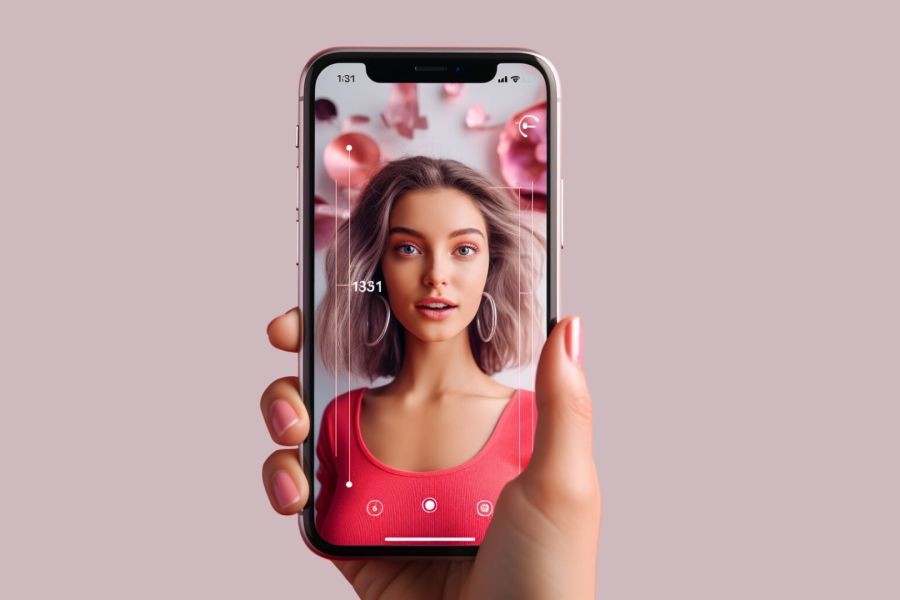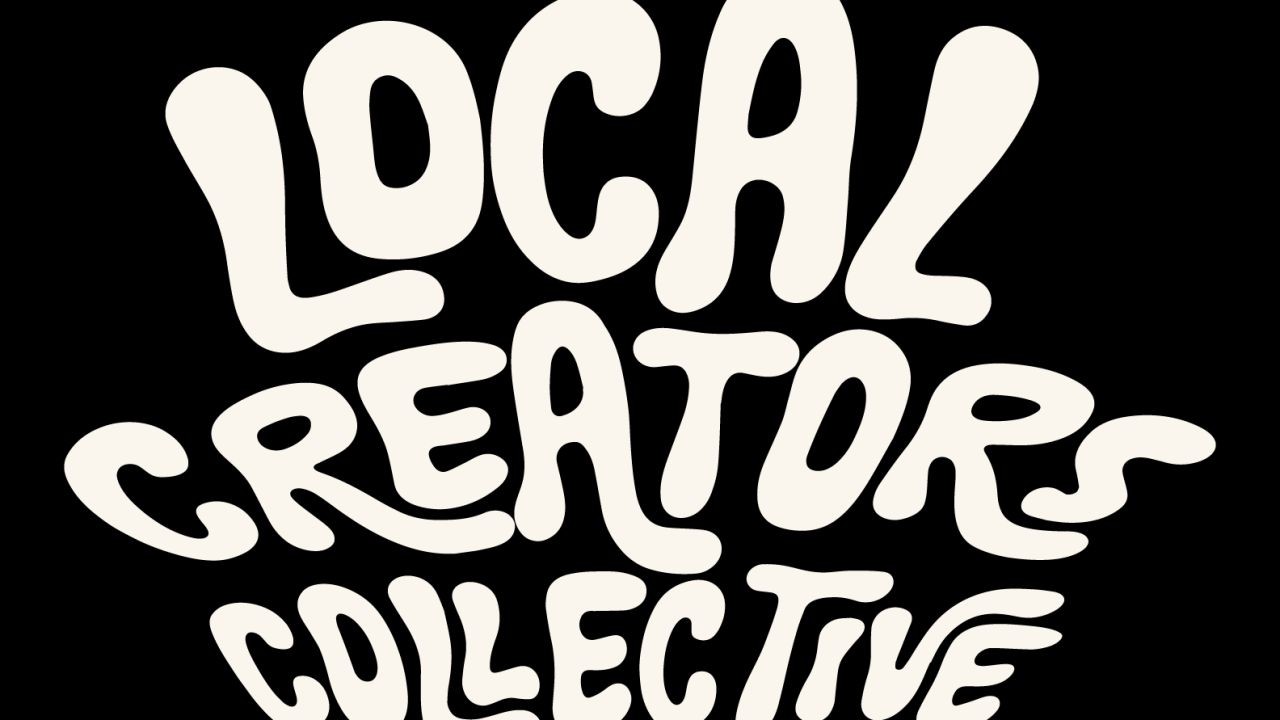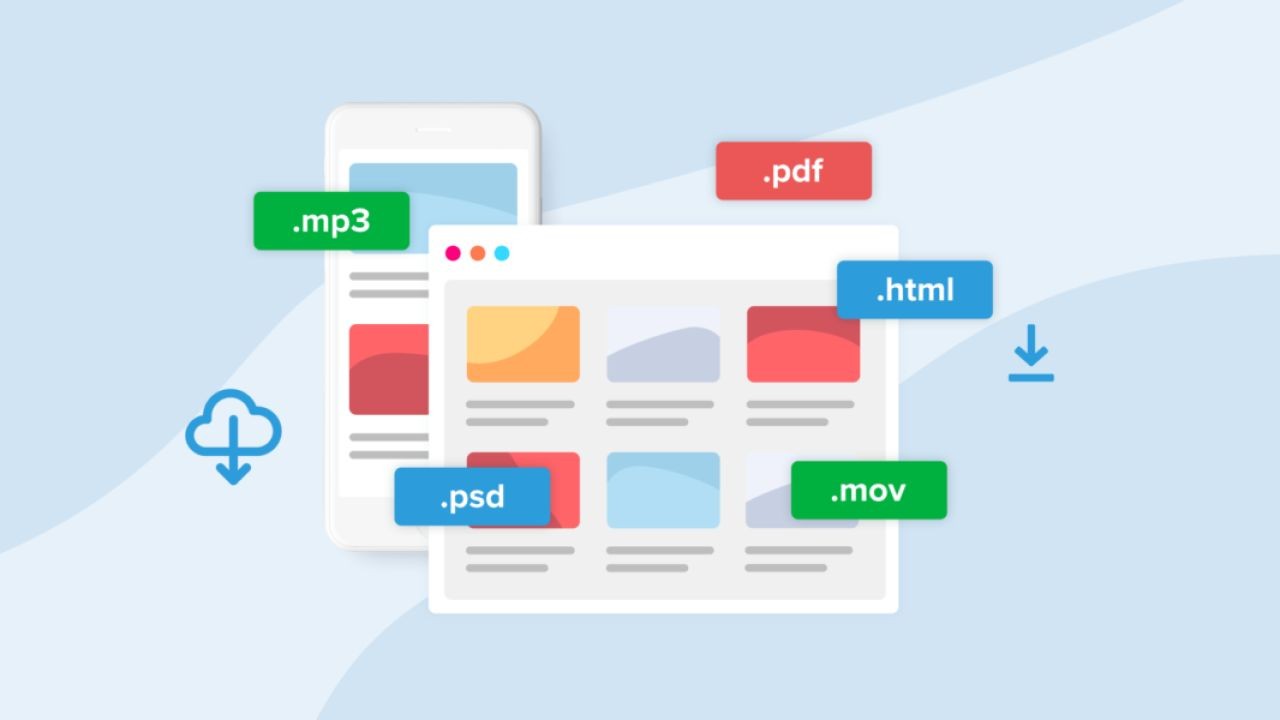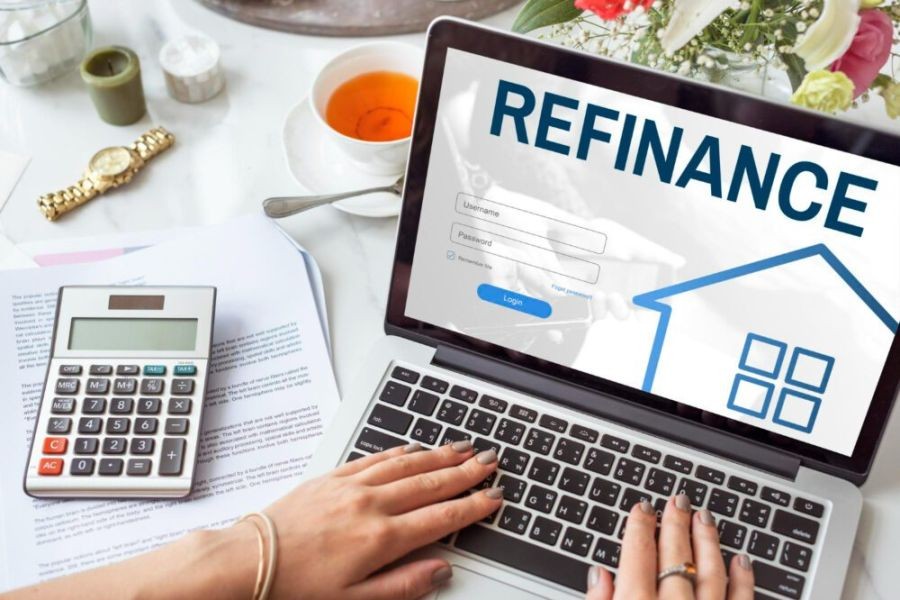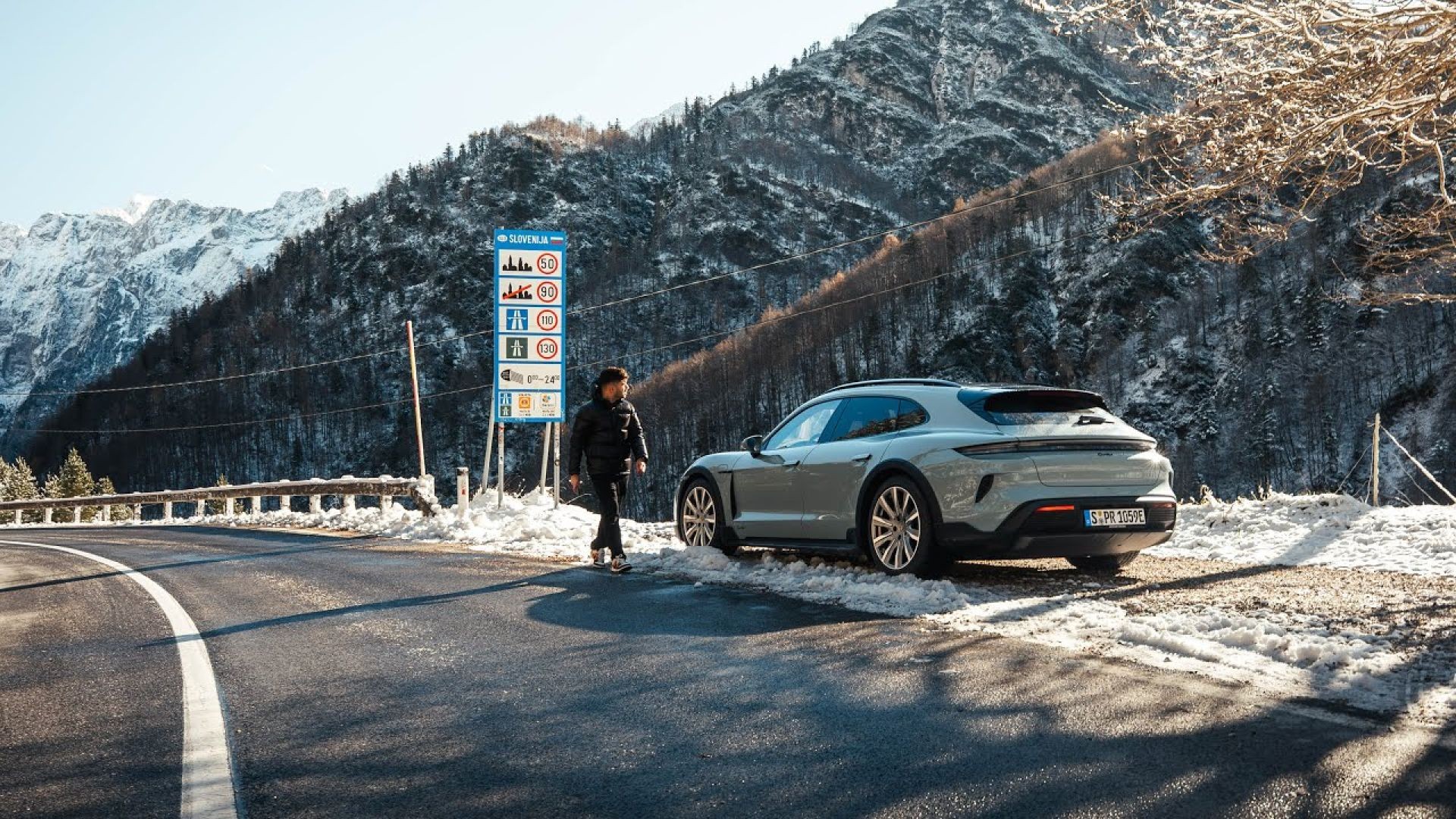Instagram Influencers in New Zealand vs. the US: Who Wins?
In the ever-evolving world of digital marketing, Instagram influencers have emerged as powerful catalysts for brand engagement and consumer influence. However, the dynamics of influencer marketing differ significantly between countries, particularly between New Zealand and the United States. Understanding these differences offers crucial insights into leveraging influencer strategies effectively in each market.
🔍 How It Works: A Deep Dive into Influencer Marketing
Instagram influencers are individuals with a substantial following who leverage their social media presence to promote products and services. These influencers can range from niche experts to celebrities and wield significant influence over their followers' purchasing decisions.
🚀 The Rise of Influencers: A Global Perspective
Globally, influencer marketing has grown exponentially, with businesses investing heavily in collaborations. In 2023, the influencer marketing industry was valued at USD 16.4 billion, with projections showing continuous growth as brands increasingly prioritize authentic and engaging content over traditional advertising methods.
📈 Influencer Marketing in New Zealand: A Local Insight
New Zealand's influencer market, though smaller, is rapidly expanding. Influencers in New Zealand often focus on niche markets such as sustainable living, outdoor activities, and local fashion. According to MBIE, New Zealand's digital advertising industry, including influencer marketing, grew by 12% in 2023, highlighting a shift towards digital-first strategies among businesses.
🔍 Comparative Analysis: New Zealand vs. US Influencers
1. Audience Engagement
In the US, influencers typically have larger follower counts due to the sheer size of the population. However, New Zealand influencers often boast higher engagement rates, a crucial metric indicating the level of interaction and influence over their audience. A study by Stats NZ revealed that local influencers achieve engagement rates up to 20% higher than their US counterparts, attributed to the tight-knit community and relatable content.
2. Cultural Relevance and Authenticity
New Zealand influencers often emphasize authenticity and local culture, making their content highly relatable to their audience. This contrasts with many US influencers who may focus on broader, sometimes less personalized content. This authenticity resonates well with New Zealanders, who value genuine connections, as noted in a University of Auckland study on consumer behavior.
3. Economic Factors and Brand Collaborations
While the US offers a larger market and higher potential earnings for influencers, New Zealand's influencers benefit from a supportive ecosystem where brands actively seek partnerships for localized campaigns. According to the Reserve Bank of New Zealand, such collaborations have shown to increase brand loyalty and consumer trust, crucial factors in a market where word-of-mouth remains a powerful marketing tool.
📖 Real-World Case Studies
Case Study: Kiwi Influencer Success – The Rise of "Green Kiwi"
Problem: Green Kiwi, a sustainable fashion brand in New Zealand, struggled with brand visibility and customer reach in a competitive market.
Action: The company partnered with local influencers who advocated for eco-friendly lifestyles. Through authentic storytelling and engaging content, these influencers highlighted the brand's sustainable practices and unique product lines.
Result: Within six months, Green Kiwi saw a 35% increase in online sales and a 50% rise in social media engagement. The campaign's success was attributed to the influencers' deep connection with their followers and alignment with the brand's values.
Takeaway: This case underscores the power of authenticity and niche marketing strategies in driving consumer engagement and boosting sales.
Case Study: US Influencer Campaign – Tech Giant's Product Launch
Problem: An American tech company aimed to launch a new gadget but faced challenges in penetrating a saturated market.
Action: The company collaborated with top-tier influencers, leveraging their massive followings and tech-savvy audiences to create buzz and drive pre-orders.
Result: The launch resulted in a 40% increase in pre-orders, demonstrating the effectiveness of influencer partnerships in reaching vast audiences quickly.
Takeaway: While scale and reach are critical in large markets like the US, the key to success lies in selecting influencers who align with the brand's image and target audience.
⚖️ Balanced Contrasting Viewpoints
Advocate Perspective: The Power of Localized Influence
Advocates for New Zealand influencers emphasize their ability to create authentic, culturally relevant content that resonates deeply with local audiences. This connection fosters trust and engagement, often leading to higher conversion rates compared to global influencers.
Critic Perspective: Scale and Reach Advantages in the US
Critics argue that the US market offers unparalleled opportunities for influencers due to its size and economic power. The potential for higher earnings and broader brand collaborations makes it an attractive arena for influencers aiming to achieve global prominence.
Middle Ground: Leveraging Both Markets
The ideal strategy might involve blending local authenticity with global reach. Brands could collaborate with New Zealand influencers for regional campaigns while engaging US influencers for broader, international initiatives.
🔮 Future Trends & Predictions
Looking ahead, influencer marketing is set to further evolve with technological advancements and changing consumer behaviors. By 2028, it's predicted that 50% of all digital ad spending in New Zealand will involve influencer collaborations, according to a report from NZTech. This growth will be driven by the increasing demand for personalized and authentic content in a digital-first world.
🔍 Common Myths & Mistakes
Myth 1: Bigger Follower Counts Equal Better Results
Reality: Engagement and authenticity often outweigh sheer follower numbers. New Zealand influencers, despite having smaller followings, often generate higher engagement rates, proving that quality trumps quantity.
Myth 2: Influencer Marketing Only Works for B2C Brands
Reality: B2B brands have successfully leveraged influencer marketing to enhance brand credibility and reach niche audiences. For instance, tech companies frequently partner with industry experts to influence purchasing decisions in New Zealand.
Myth 3: Influencer Marketing is a Short-Term Strategy
Reality: Long-term partnerships with influencers can lead to sustained brand loyalty and ongoing engagement. Developing genuine relationships with influencers ensures continuous brand advocacy and a deeper connection with audiences.
🔍 People Also Ask (FAQ)
How does influencer marketing impact businesses in New Zealand? NZ businesses leveraging influencer marketing report an over 25% increase in customer retention, according to MBIE. Adopting this strategy enhances engagement and revenue.
What are the biggest misconceptions about influencer marketing? One common myth is that only B2C brands benefit. However, research shows B2B brands can achieve significant success through strategic influencer partnerships.
What are the best strategies for implementing influencer marketing? Experts recommend starting with identifying authentic influencers, followed by clear goal-setting, and ensuring alignment with the brand's values for long-term success.
🔍 Related Search Queries
- Instagram influencer marketing strategies
- Influencer marketing in New Zealand
- US vs. NZ influencer engagement rates
- Authentic content in influencer marketing
- Future trends in influencer marketing
- Local vs. global influencer impact
- Measuring influencer marketing ROI
- Top New Zealand Instagram influencers
- Influencer marketing case studies
- Digital advertising trends in New Zealand
🔍 Final Takeaways & Call to Action
- ✅ Fact: New Zealand influencers often achieve higher engagement rates compared to US counterparts.
- 🔥 Strategy: Brands should blend local authenticity with global reach for comprehensive influencer campaigns.
- ❌ Mistake to Avoid: Focusing solely on follower counts instead of engagement metrics.
- 💡 Pro Tip: Long-term partnerships with influencers foster sustained brand loyalty and engagement.
In conclusion, while both New Zealand and US influencers offer unique advantages, the key to success lies in understanding each market's intricacies and leveraging the strengths of both. Ready to optimize your influencer strategy? Join our exclusive NZ Digital Trends Newsletter to stay ahead with the latest insights and strategies!






